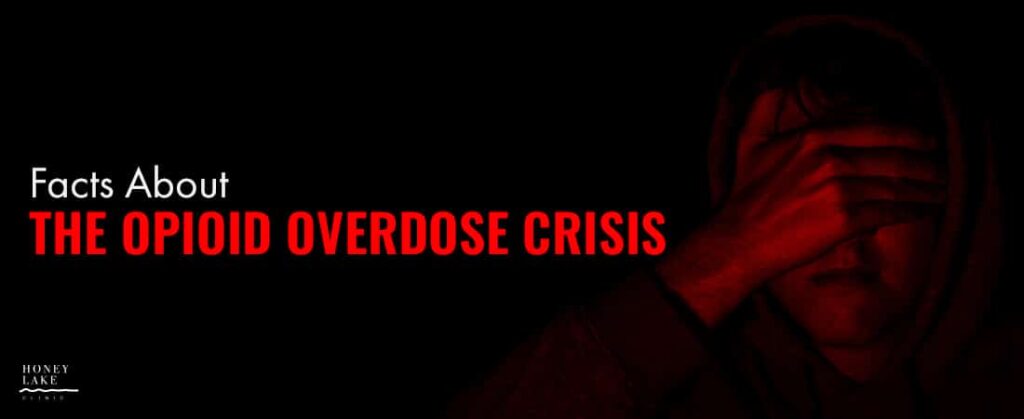Facts About the Opioid Overdose Crisis
Every day, more than 130 people in the United States die after overdosing on opioids.
The abuse of and addiction to opioids including prescription pain killers, heroin, and synthetic opioids like fentanyl is a serious national crisis. How might you quantify that? The Centers for Disease Control and Prevention estimate the total economic burden of prescription opioid misuse alone in the United States is $78.5 billion a year, including the costs of healthcare, lost productivity, addiction treatment, and criminal justice involvement.
Opioid Abuse by the Numbers
What do we know about the opioid crisis?
- Roughly 21 to 29 percent of patients prescribed opioids for chronic pain misuse them.
- Between 8 and 12 percent develop an opioid use disorder.
- An estimated 4 to 6 percent who misuse prescription opioids transition to heroin.
- About 80 percent of people who use heroin first misused prescription opioids.
- Opioid overdoses increased 30 percent from July 2016 through September 2017 in 52 areas in 45 states.
- The Midwestern region saw opioid overdoses increase 70 percent from July 2016 through September 2017.
- Opioid overdoses in large cities increase by 54 percent in 16 states.
How Did We Get Here?
In the 1990s, pharmaceutical companies reassured the medical community that prescription opioid pain relievers were safe, and patients would not become addicted to them. Healthcare providers began to prescribe them frequently. This led to misuse before it became clear just how addictive—and dangerous—these medications are.
Opioid overdose rates began to increase. By 2015, more than 33,000 Americans died as a result of an opioid overdose. That same year, an estimated 2 million people in the United States suffered from substance use disorders related to prescription opioid pain relievers, and 591,000 suffered from a heroin use disorder (not mutually exclusive).
If you’re ready to leave opioid addiction behind for good, we can help! Our staff is standing by to answer any questions you might have about drug abuse, addiction, or treatment.
It is especially important to realize substance abuse doesn’t just occur in a vacuum. Often the abuse begins as an attempt to self-medicate a deeper hurt. For real healing and recovery, the underlying causes of substance abuse must be addressed. And this is vitally important when you’re choosing a treatment program or facility.
To get at this underlying hurt and bring lasting healing takes a holistic—spirit, mind and body—approach to addiction diagnosis, management and treatment.
Many programs focus narrowly on what can be addressed from a medical perspective. Research, however, continues to show us that spirituality positively influences recovery in many ways. Although this is well known, and medical and behavioral health professionals have been saying addictions are holistic illnesses that need holistic treatment, the majority of programs still refuse to look to God in the healing process.
Different from many other treatment facilities, Honey Lake Clinic offers a residential, holistic program which treats each client on three different levels:
- Spiritual: Helping you grow closer to God, apply His truths, and discern His will for you.
- Psychological: Teaching decision-making skills to help you cope with underlying struggles.
- Physical: Using therapy and medication, if needed, to re-circuit or renew your mind.
At Honey Lake Clinic, our experienced doctors and staff will help you or your loved one bring spiritual power and clearer psychological understanding to recovery.
